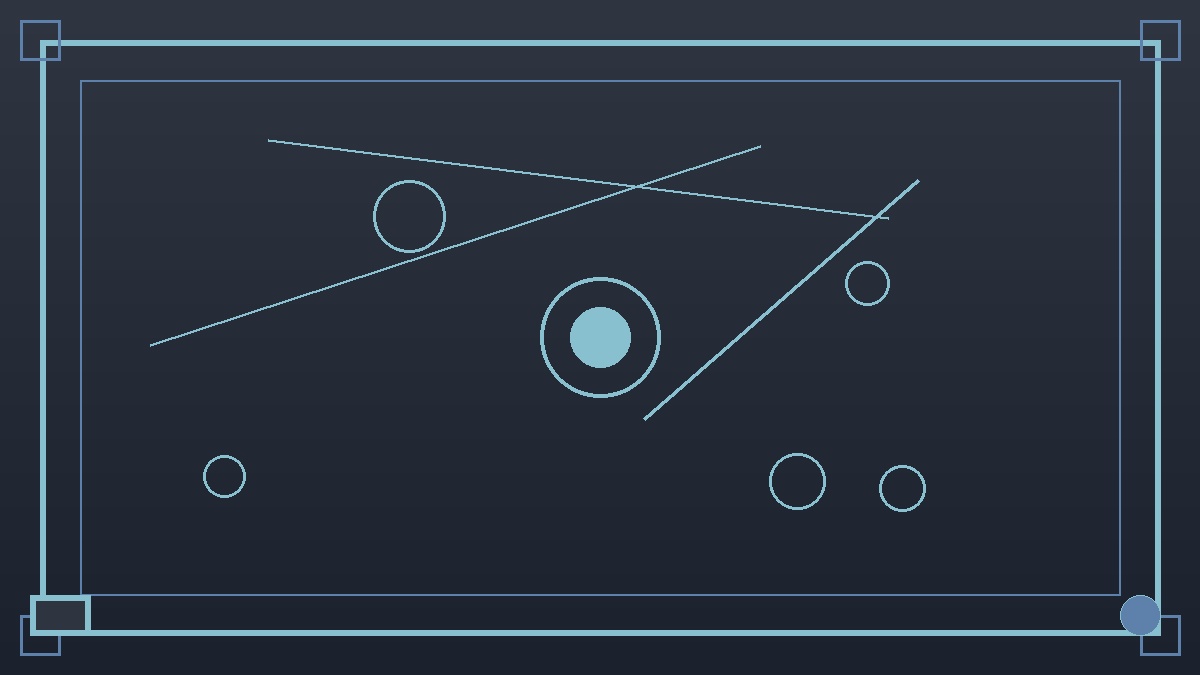深度学习在计算机视觉中的应用:CNN架构解析
卷积神经网络基础
卷积神经网络(CNN)是深度学习中最重要的架构之一,特别适合处理图像数据。CNN通过卷积层、池化层和全连接层的组合,能够自动学习图像的特征表示。
CNN核心组件
卷积层
卷积层是CNN的核心,通过卷积操作提取图像的局部特征。每个卷积核学习不同的特征模式。
import tensorflow as tf
from tensorflow.keras import layers
# 创建卷积层
conv_layer = layers.Conv2D(
filters=32, # 卷积核数量
kernel_size=(3, 3), # 卷积核大小
strides=(1, 1), # 步长
padding='same', # 填充方式
activation='relu' # 激活函数
)
池化层
# 最大池化
max_pool = layers.MaxPooling2D(pool_size=(2, 2), strides=2)
# 平均池化
avg_pool = layers.AveragePooling2D(pool_size=(2, 2), strides=2)
# 全局平均池化
global_avg_pool = layers.GlobalAveragePooling2D()
经典CNN架构
LeNet-5
def create_lenet5():
model = tf.keras.Sequential([
layers.Conv2D(6, (5, 5), activation='relu', input_shape=(32, 32, 1)),
layers.MaxPooling2D((2, 2)),
layers.Conv2D(16, (5, 5), activation='relu'),
layers.MaxPooling2D((2, 2)),
layers.Flatten(),
layers.Dense(120, activation='relu'),
layers.Dense(84, activation='relu'),
layers.Dense(10, activation='softmax')
])
return model
AlexNet
def create_alexnet():
model = tf.keras.Sequential([
layers.Conv2D(96, (11, 11), strides=4, activation='relu', input_shape=(227, 227, 3)),
layers.MaxPooling2D((3, 3), strides=2),
layers.Conv2D(256, (5, 5), padding='same', activation='relu'),
layers.MaxPooling2D((3, 3), strides=2),
layers.Conv2D(384, (3, 3), padding='same', activation='relu'),
layers.Conv2D(384, (3, 3), padding='same', activation='relu'),
layers.Conv2D(256, (3, 3), padding='same', activation='relu'),
layers.MaxPooling2D((3, 3), strides=2),
layers.Flatten(),
layers.Dense(4096, activation='relu'),
layers.Dropout(0.5),
layers.Dense(4096, activation='relu'),
layers.Dropout(0.5),
layers.Dense(1000, activation='softmax')
])
return model
现代CNN架构
ResNet残差网络
class ResidualBlock(tf.keras.layers.Layer):
def __init__(self, filters, strides=1):
super(ResidualBlock, self).__init__()
self.conv1 = layers.Conv2D(filters, (3, 3), strides=strides, padding='same')
self.bn1 = layers.BatchNormalization()
self.conv2 = layers.Conv2D(filters, (3, 3), padding='same')
self.bn2 = layers.BatchNormalization()
if strides != 1:
self.shortcut = tf.keras.Sequential([
layers.Conv2D(filters, (1, 1), strides=strides),
layers.BatchNormalization()
])
else:
self.shortcut = tf.keras.Sequential()
def call(self, x):
residual = x
x = self.conv1(x)
x = self.bn1(x)
x = tf.nn.relu(x)
x = self.conv2(x)
x = self.bn2(x)
shortcut = self.shortcut(residual)
x += shortcut
x = tf.nn.relu(x)
return x
MobileNet轻量级网络
class DepthwiseSeparableConv(tf.keras.layers.Layer):
def __init__(self, filters, strides=1):
super(DepthwiseSeparableConv, self).__init__()
self.depthwise = layers.DepthwiseConv2D((3, 3), strides=strides, padding='same')
self.pointwise = layers.Conv2D(filters, (1, 1))
self.bn1 = layers.BatchNormalization()
self.bn2 = layers.BatchNormalization()
def call(self, x):
x = self.depthwise(x)
x = self.bn1(x)
x = tf.nn.relu(x)
x = self.pointwise(x)
x = self.bn2(x)
x = tf.nn.relu(x)
return x
目标检测模型
YOLO架构
def create_yolo_backbone():
"""YOLO的骨干网络"""
model = tf.keras.Sequential([
layers.Conv2D(32, (3, 3), activation='relu', input_shape=(416, 416, 3)),
layers.MaxPooling2D((2, 2)),
layers.Conv2D(64, (3, 3), activation='relu'),
layers.MaxPooling2D((2, 2)),
layers.Conv2D(128, (3, 3), activation='relu'),
layers.Conv2D(64, (1, 1), activation='relu'),
layers.Conv2D(128, (3, 3), activation='relu'),
layers.MaxPooling2D((2, 2)),
# 继续添加更多层...
])
return model
图像分割
U-Net架构
def create_unet():
"""U-Net图像分割网络"""
inputs = tf.keras.Input(shape=(256, 256, 3))
# 编码器
conv1 = layers.Conv2D(64, (3, 3), activation='relu', padding='same')(inputs)
conv1 = layers.Conv2D(64, (3, 3), activation='relu', padding='same')(conv1)
pool1 = layers.MaxPooling2D((2, 2))(conv1)
conv2 = layers.Conv2D(128, (3, 3), activation='relu', padding='same')(pool1)
conv2 = layers.Conv2D(128, (3, 3), activation='relu', padding='same')(conv2)
pool2 = layers.MaxPooling2D((2, 2))(conv2)
# 瓶颈层
conv3 = layers.Conv2D(256, (3, 3), activation='relu', padding='same')(pool2)
conv3 = layers.Conv2D(256, (3, 3), activation='relu', padding='same')(conv3)
# 解码器
up1 = layers.UpSampling2D((2, 2))(conv3)
up1 = layers.Conv2D(128, (2, 2), activation='relu', padding='same')(up1)
merge1 = layers.Concatenate()([conv2, up1])
conv4 = layers.Conv2D(128, (3, 3), activation='relu', padding='same')(merge1)
conv4 = layers.Conv2D(128, (3, 3), activation='relu', padding='same')(conv4)
up2 = layers.UpSampling2D((2, 2))(conv4)
up2 = layers.Conv2D(64, (2, 2), activation='relu', padding='same')(up2)
merge2 = layers.Concatenate()([conv1, up2])
conv5 = layers.Conv2D(64, (3, 3), activation='relu', padding='same')(merge2)
conv5 = layers.Conv2D(64, (3, 3), activation='relu', padding='same')(conv5)
outputs = layers.Conv2D(1, (1, 1), activation='sigmoid')(conv5)
model = tf.keras.Model(inputs=inputs, outputs=outputs)
return model
训练技巧
数据增强
from tensorflow.keras.preprocessing.image import ImageDataGenerator
# 创建数据增强器
datagen = ImageDataGenerator(
rotation_range=20,
width_shift_range=0.2,
height_shift_range=0.2,
horizontal_flip=True,
zoom_range=0.2,
shear_range=0.2,
fill_mode='nearest'
)
# 应用数据增强
augmented_data = datagen.flow_from_directory(
'data/train',
target_size=(224, 224),
batch_size=32,
class_mode='categorical'
)
学习率调度
# 余弦退火学习率
def cosine_annealing_schedule(epoch, initial_lr=0.001):
return initial_lr * (1 + np.cos(np.pi * epoch / 100)) / 2
# 阶梯式学习率
def step_decay_schedule(epoch, initial_lr=0.001):
if epoch < 30:
return initial_lr
elif epoch < 60:
return initial_lr * 0.1
else:
return initial_lr * 0.01
# 应用学习率调度
lr_scheduler = tf.keras.callbacks.LearningRateScheduler(cosine_annealing_schedule)
模型优化
知识蒸馏
def knowledge_distillation_loss(student_logits, teacher_logits, true_labels, temperature=3, alpha=0.7):
"""知识蒸馏损失函数"""
# 软标签损失
soft_loss = tf.keras.losses.categorical_crossentropy(
tf.nn.softmax(teacher_logits / temperature),
tf.nn.softmax(student_logits / temperature)
) * (temperature ** 2)
# 硬标签损失
hard_loss = tf.keras.losses.categorical_crossentropy(true_labels, student_logits)
# 组合损失
total_loss = alpha * soft_loss + (1 - alpha) * hard_loss
return total_loss
实际应用案例
医学图像分析
def create_medical_segmentation_model():
"""医学图像分割模型"""
model = tf.keras.Sequential([
# 编码器
layers.Conv2D(64, (3, 3), activation='relu', input_shape=(512, 512, 1)),
layers.Conv2D(64, (3, 3), activation='relu'),
layers.MaxPooling2D((2, 2)),
layers.Conv2D(128, (3, 3), activation='relu'),
layers.Conv2D(128, (3, 3), activation='relu'),
layers.MaxPooling2D((2, 2)),
# 瓶颈层
layers.Conv2D(256, (3, 3), activation='relu'),
layers.Conv2D(256, (3, 3), activation='relu'),
# 解码器
layers.UpSampling2D((2, 2)),
layers.Conv2D(128, (3, 3), activation='relu'),
layers.Conv2D(128, (3, 3), activation='relu'),
layers.UpSampling2D((2, 2)),
layers.Conv2D(64, (3, 3), activation='relu'),
layers.Conv2D(64, (3, 3), activation='relu'),
# 输出层
layers.Conv2D(1, (1, 1), activation='sigmoid')
])
return model
总结
深度学习在计算机视觉领域取得了革命性的进展。从经典的CNN架构到现代的ResNet、MobileNet,从图像分类到目标检测和图像分割,深度学习技术不断推动着计算机视觉的发展。
掌握这些架构的原理和实现方法,结合实际项目需求,可以构建强大的计算机视觉应用。随着技术的不断发展,新的架构和算法将继续涌现,为计算机视觉带来更多可能性。

评论区